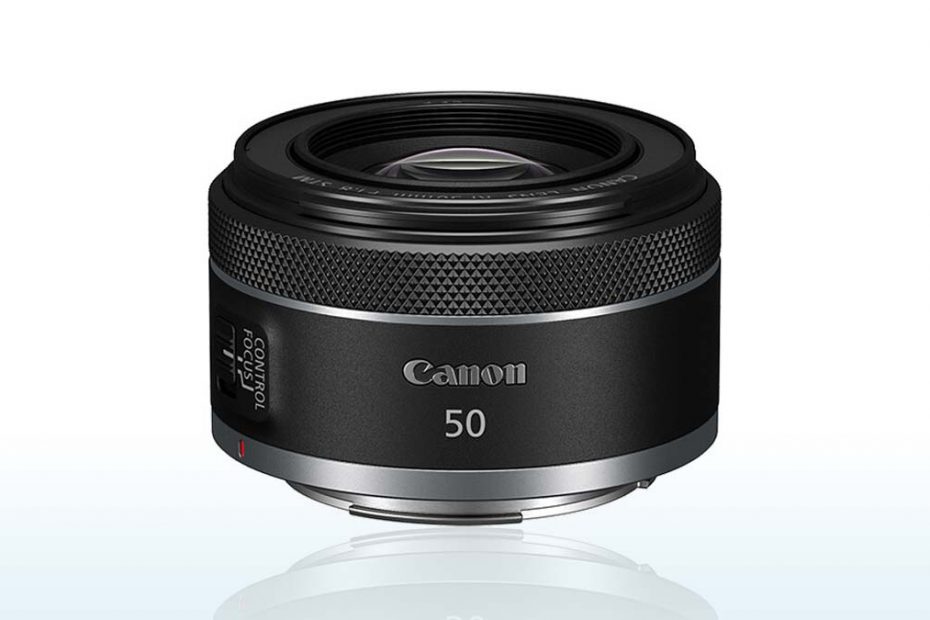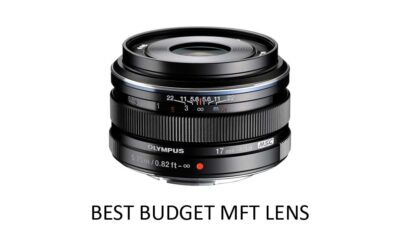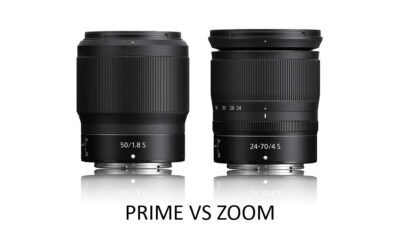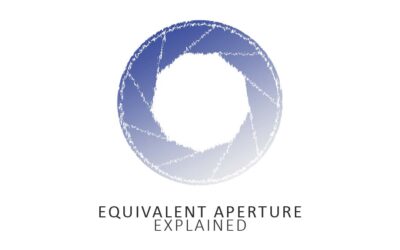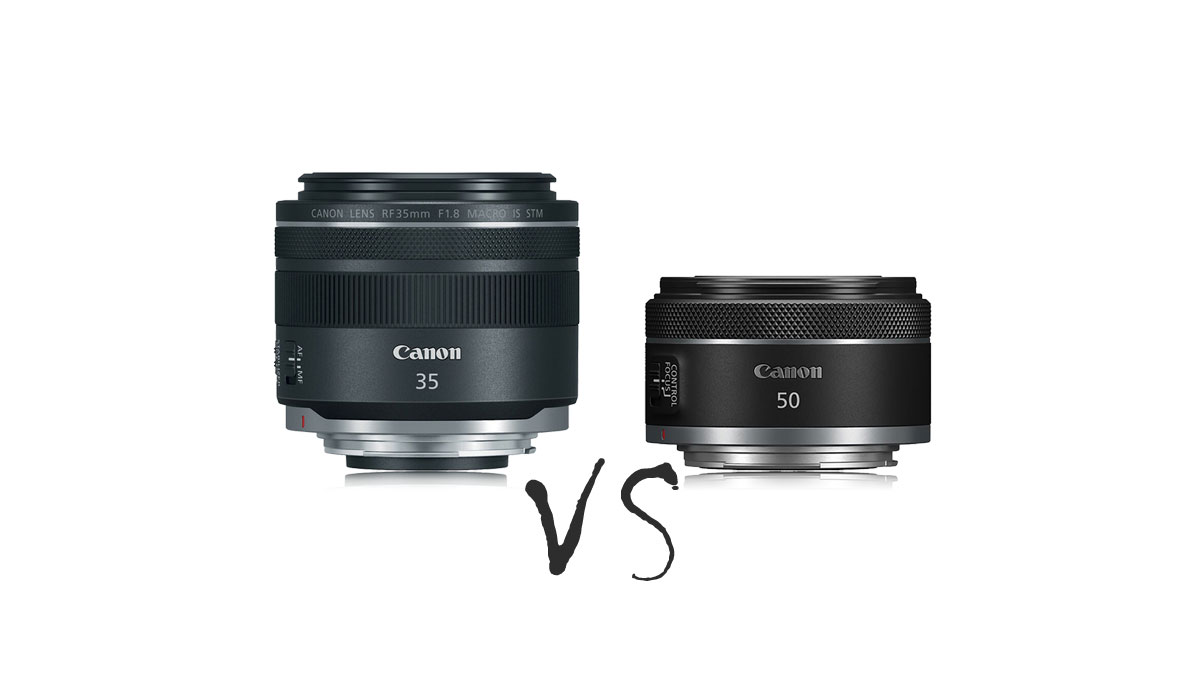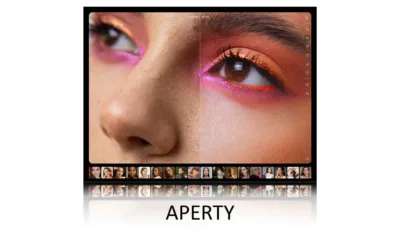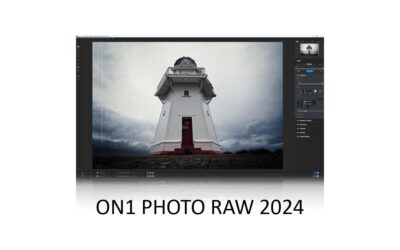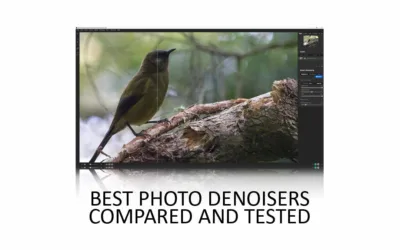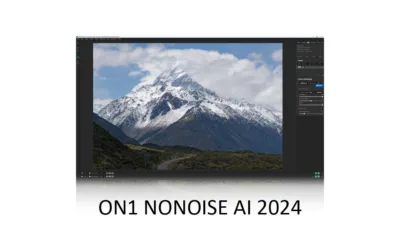A fast lens is a lens with a large bright aperture. For instance, a lens with a large F1.4 aperture can pass eight times more light in any given moment than an F4 lens. Or in other words, the F1.4 lens is 8-times faster than the slower F4 lens.
For this reason, fast lenses are almost essential for certain kinds of Photography but, at the same time, can be an unnecessary burden.
What is a Fast Lens – Contents
- What is Lens Speed
- What are fast lenses for
- Fast Lens vs Slow lens
- When to use fast lenses
- Buying your first fast lens
- Conclusion
What is Lens Speed
Lens Speed is measured in F stop and represents how much light your lens can pass at any moment. For example, a lens with an F1.4 aperture can capture twice as much light as a lens with an F2 aperture. Read What is Aperture in Photography.
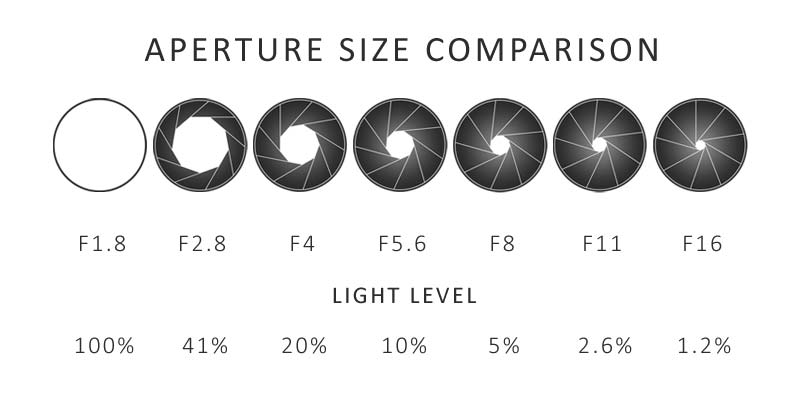
For example, if you need to use a shutter speed of 1/500th of a second to capture a sufficiently bright photo with an F2 lens, you could get the same result using the F1.4 lens at 1/1000th of a second. Therefore, you might say that the F1.4 lens is twice as fast as the F2 lens. Read What is Shutter Speed in Photography
What are fast lenses for
Fast lenses are used to improve image quality at fast shutter speeds and for blurring backgrounds.
#1 Using a fast lens to avoid motion blur and high ISOs
The brightness of your photo depends on your camera’s ability to capture enough light. When taking a picture of a static object, you can put your camera on a tripod and set your shutter speed to pass light for 1/100th of a second, 10 seconds, or 10 minutes. It doesn’t matter.
However, if you are shooting handheld, your shutter speed must be fast enough to cancel out the blur-inducing movement created by your hands shaking your camera. Read What is the Reciprocal rule in Photography.
And if you are photographing a moving subject, you’ll need to use a sufficiently fast shutter speed to avoid motion blur.
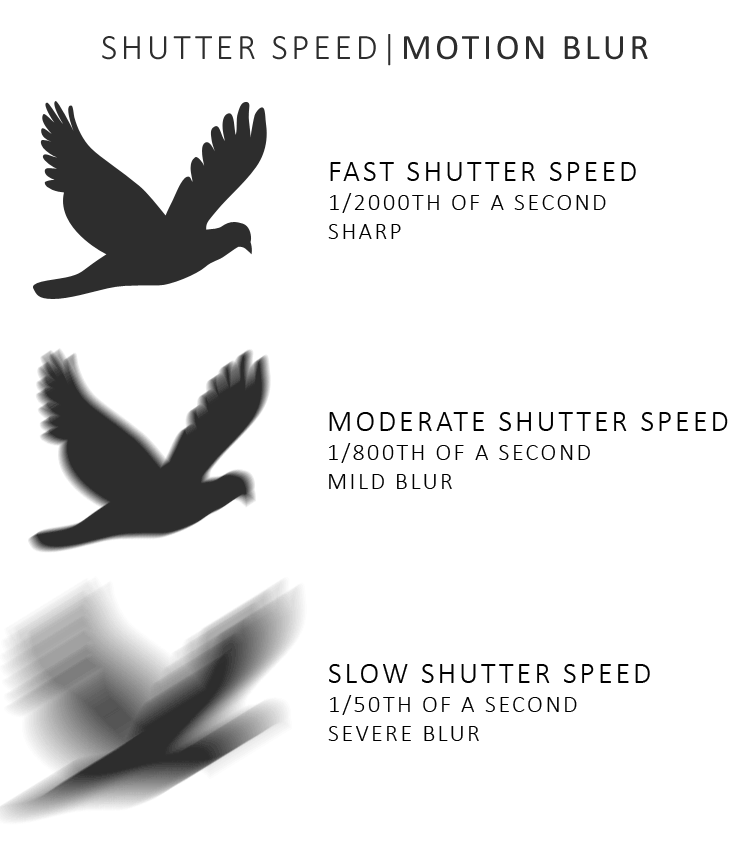
For instance, you may be forced to use a shutter speed no less than 1/2000th of a second to capture a sharp image of a bird in flight. Unfortunately, 1/2000th of a second doesn’t give your camera much time to soak up sufficient light. And if your camera does not receive enough light, it will artificially boost your photo’s brightness with high, image-degrading ISOs. Read What is ISO in Photography.
But what if you want to avoid high ISOs? Well, you need a lens that can pass as much light as possible in 1/2000th of a second. In other words, you need a fast lens with a big, bright aperture.
#2 Fast lenses are better for Background Blur
Lenses with large apertures have more potential to blur your subject’s background. For instance, a 50mm F1.2 lens will be better able to melt backgrounds than a 50mm F2.8.
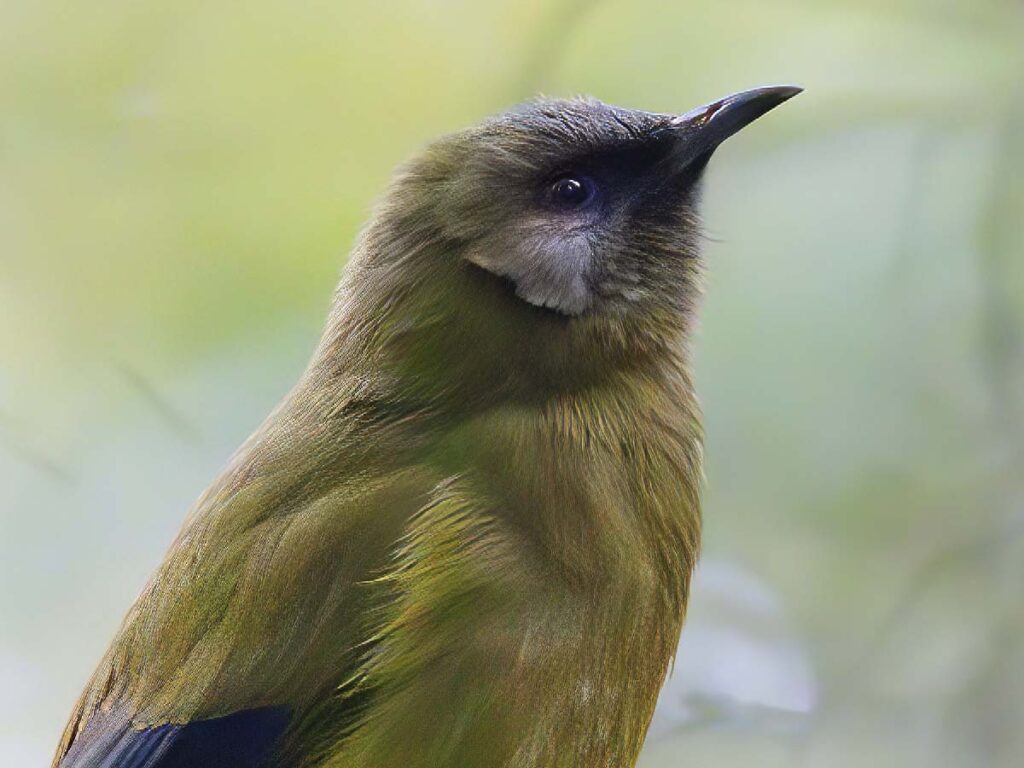
As a result, fast lenses are beneficial for blurring away dull or cluttered backgrounds. Background blur also produces a sense of depth which helps your subject stand out or pop. Finally, background blur can be quite attractive in itself.
Fast Lens vs Slow lens
Fast lenses capture more light and are better able to blur backgrounds. However, slow lenses are typically smaller, lighter, and cheaper.
If you shoot fast action, you’ll often use short light-starved shutter speeds to prevent motion blur. Therefore, you’ll need all the light a fast lens can give you.
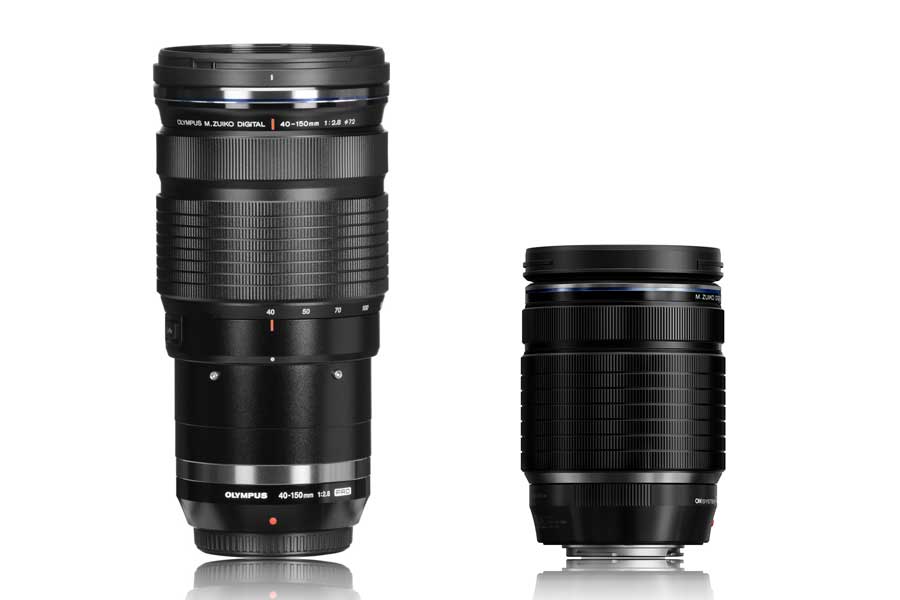
But if you tend to shoot portraits or static scenes such as landscapes that enable you to use slower light-soaked shutter speeds, you might be better off saving money and going for a lighter, slower lens.
For instance, I bought the Tamron 70-210mm F4 because it was one-third the price and half the weight as the twice-as-bright Tamron 70-200mm F2.8. Now I admit there’s been a few occasions where a larger, faster F2.8 aperture might have come in handy. But for the most part, I’m just happy to be carrying the smaller and lighter Tamron F4.
When to use fast lenses
When forced to use dimmer shutter speeds, you need to use a fast lens. These situations include taking handheld photos in dimly-lit areas where your shutter speed is limited to how steady you can hold your camera.
Then there’s photographing fast action. A football player or a bird in flight will not stop while your camera gathers enough light, and you need to use a fast shutter speed to freeze your subject in motion and avoid motion blur. Since your shutter is open so briefly, you need a fast lens with a large aperture to gather as much light as quickly as possible.
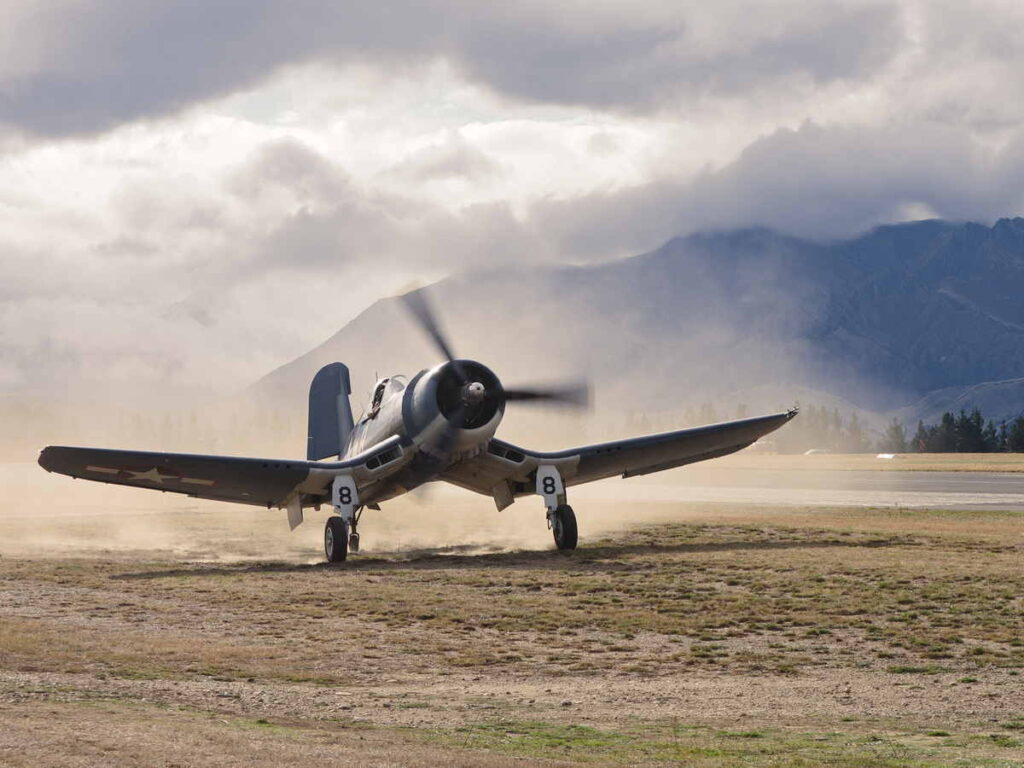
Fast lenses are also popular in Astrophotography. Even if you are using a tripod, the stars are in motion due to the Earth’s rotation. Therefore, you only have a limited time to capture pin-sharp stars. If you’re gathering light too long, the stars will begin to streak.
Finally, fast lenses are great for blurring backgrounds, so professional photographers prefer to use fast lenses, even when light is abundant.
Buying your first fast lens
Many photographers, including myself, began with an equivalent of a 50mm F1.8, also known as a nifty-fifty. Nifty Fiftys are optically stunning, compact, light, and can melt backgrounds to goo.
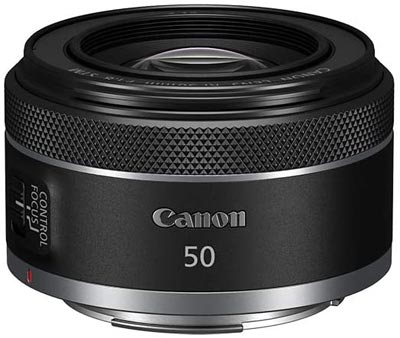
If you’re looking to step up from your kit lens and take your Photography to the next level – I recommend you begin with a Nifty Fifty. Check out What is a Nifty Fifty for more information.
Get Discounts on Photo Editing Software
Subscribe to my weekly newsletter and be notified of deals and discounts on photography software from ON1, Adobe, Luminar, and more. Spam Promise: Just one email a week, and there’s an unsubscribe link on every email.
Conclusion
A fast lens features a large, bright aperture which enables it to pass more light in any given moment compared to a slower lens. Thus fast lenses are most valuable when photographing fast action since you are forced to use fast light-starved shutter speeds to prevent motion blur.
Nevertheless, fast lenses are not inherently superior to slow lenses as fast lenses are larger, heavier, and more expensive than similar but slower lenses. So, a slow lens may serve you better if you shoot in well-lit spaces or photograph slower or static subjects such as landscapes.
If you liked this post, why not subscribe to my weekly newsletter and be notified of deals and discounts on Photography Software and gear?
